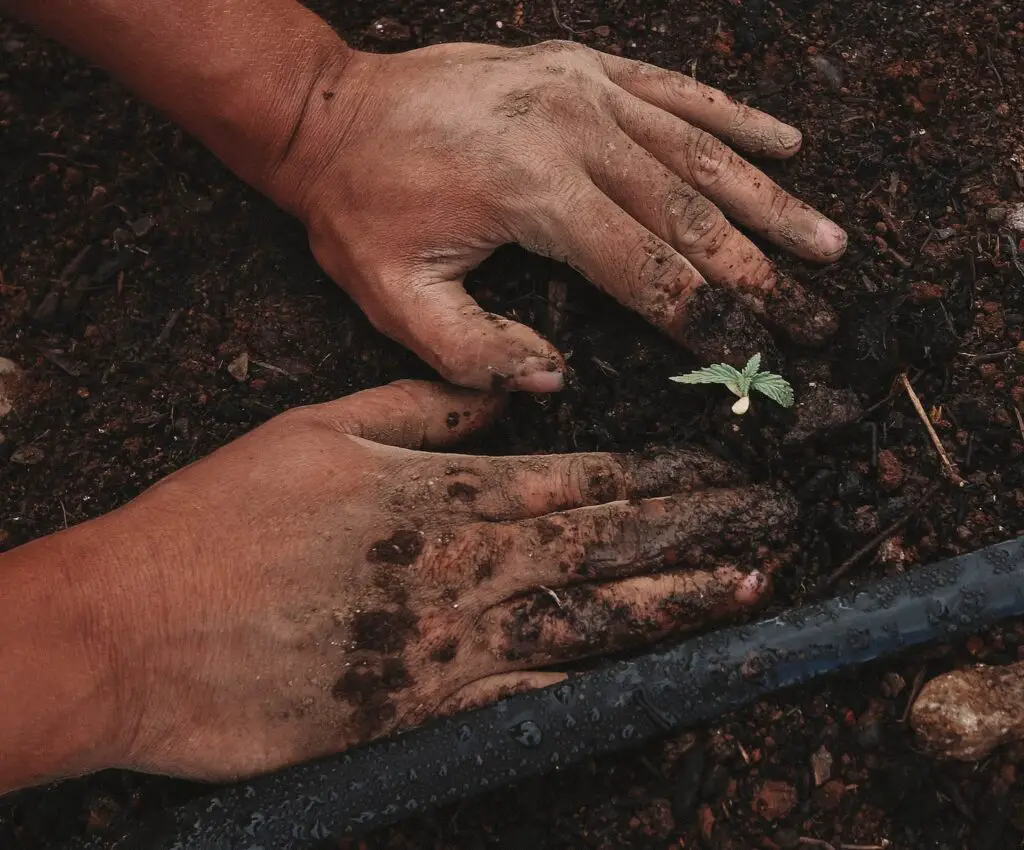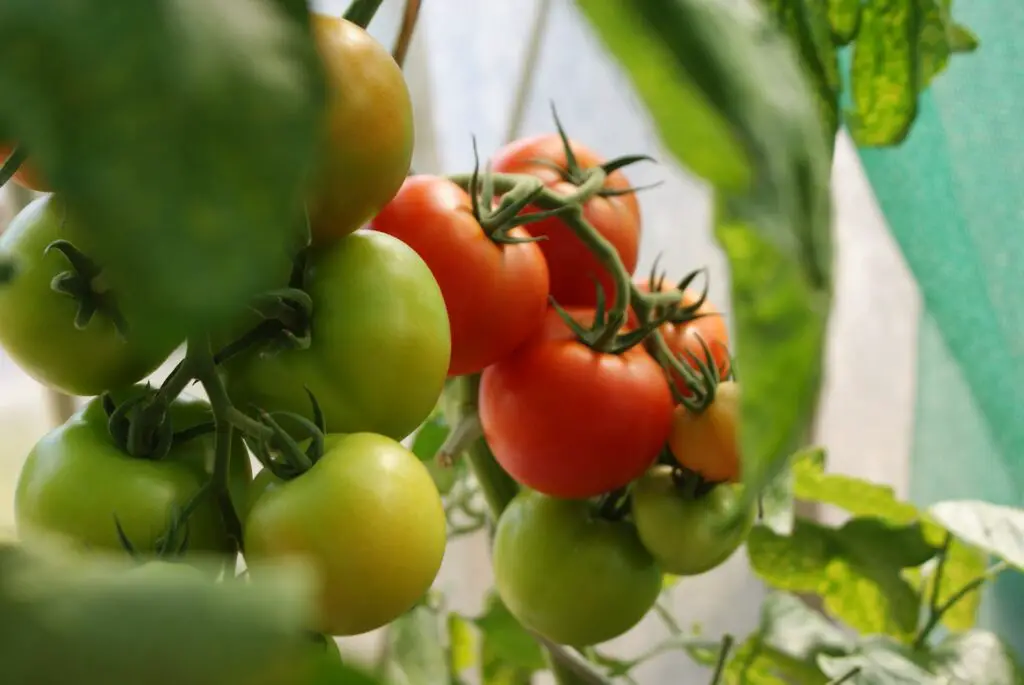Finding unhealthy crops in multi-hectare farmland using traditional boots-on-the-ground scouting is looking for a needle in a haystack. The odds of overlooking a serious crop issue are unpleasantly high. Not only is it costly and labor-intensive but it also steals time – an invaluable asset when crop health is at stake. Luckily, today the same can be done more quickly and efficiently with the help of satellites, drones, in-situ sensors, AI-powered analytics, and other fancy technologies.
Agricultural producers are increasingly betting their yields on crop health monitoring systems, which collect and analyze a wealth of crop-related data to produce a comprehensive picture of what is going on in the fields (e.g. NDVI maps). They serve as a source of near real-time insights throughout the growing season, from sowing to harvesting. Such awareness leads to better crop management decisions, which, in turn, allows raising healthier crops with fewer inputs and less damaging outcomes for the environment.
Understanding crop health monitoring systems
Modern crop monitoring solutions represent a combination of various sensors collecting agridata from space, air, or ground, and analytics tools that extract valuable information from such data. Since spotting issues is the priority task of monitoring systems, one of their most widespread uses is to detect changes in vegetation with NDVI. Remotely sensed data captured by satellites or drones over fields is used in specialized software to retrieve NDVI values – a key indicator of crop health and development. Abnormal spikes and drops in the NDVI curve could be a sign of unhealthy plants (attacked by pests or diseases, lacking nutrients, or water) and a call to immediate action.
Ground or proximal sensors, in turn, can provide a comprehensive picture of climatic conditions in the field (air temperature, humidity, wind speed, soil moisture, etc.) that are directly linked to crop health. A streak of rainy days will be reflected in higher soil moisture levels, alerting to the need for a break in irrigation or additional drainage in waterlogged areas.
Taking into account diverse agridata analytics (e.g., NDVI imagery and soil moisture measurements) pays off as it ensures a broader outlook on the state of crops and helps make all the right decisions. In a nutshell, crop health monitoring systems help answer the questions of When, Where, and How much to fertilize, irrigate, treat with crop protection agents, etc. to minimize crop damage and maximize crop yields in a sustainable and environmentally friendly manner.

Key components of an efficient crop health monitoring system
As mentioned above, the systems for monitoring crop health are comprised of powerful tools for data collection and interpretation, such as:
- Remote sensors: These are installed on satellites and drones flying above the fields and capturing multispectral imagery. While drones prove more efficient for monitoring small plots of land, providing high-resolution NDVI images, satellites cover larger territories and collect a more diverse set of spectral bands, which unlocks more opportunities for crop analysis. Both are indispensable tools in the early detection of pests, diseases, and nutrient deficiencies.
- Ground sensors: Installed directly in the soil, these devices track vital parameters related to the crop’s environment (humidity, soil moisture, nutrient content, and more). They often represent a network of Internet-connected sensors (IoT) that allow real-time data exchange, giving farmers remote access to crucial information for decision-making.
- Precision agriculture software: A wealth of collected agridata would be useless without specialized agriculture platforms and apps that analyze and interpret it. These tools, often powered with AI algorithms, are used for detecting problem field areas, identifying crop growth patterns, creating variable rate application maps for inputs, planning irrigation schedules, and a host of other tasks for more precise and profitable farming.

The role of NDVI in observing crop health
Colored maps based on NDVI (Normalized Difference Vegetation Index) values that show the variability of crop performance in a field are the classics of today’s precision agriculture. This index measures light reflected by plants throughout the growing season. A healthy green crop reflects a high amount of near-infrared light (high NDVI value), while an unhealthy crop tends to absorb it (low NDVI value).
One of the biggest advantages of modern crop health monitoring systems is their ability to quickly and accurately compare NDVI readings to detect any abnormal changes. For instance, a sudden drop in values might be a sign of infested plants or simply evidence the fact that crops have already been harvested. Currently, the systems are smart enough to run NDVI values interpretation on their own, considering all input data (sowing date, crop type, etc.), and conclude whether observed drops or spikes are worthy of the farmer’s concern.
Pest and disease detection are by far the most common use cases for NDVI, however, there are more scenarios where the index has proven highly instrumental, such as:
- nitrogen management;
- irrigation management;
- biomass and yield prediction.
What benefits are there to reap from implementing a crop health monitoring system?
By leveraging the advanced sensors collecting crop data and analytics, growers can:
- Enhance crop protection: Early detection of pest infestations and diseases, stresses, adverse weather, and other crop issues and threats allows for timely interventions that minimize crop damage and yield loss.
- Optimize resource allocation: Awareness of crop conditions and estimation of plant’s input needs leads to efficient use of water, fertilizers, and pesticides. It reduces resource waste and the environmental footprint of crop cultivation.
- Maximize yields: Crop health monitoring enables better planting schedules and adjustments to cultivation practices, which altogether improves the productivity and quality of crops.
Best practices for farmers
If you’re considering implementing a crop health monitoring system in your fields or have already done it, these several tips below can help you get the most out of it.
- Make monitoring a routine. Checking on the state of crops is most efficient when it’s done regularly. In addition to issue detection, regular long-term monitoring enables the unveiling of crop growth trends and patterns.
- Use farm management software. Without a specialized tool, crop data is just data. Utilization of precision agriculture software helps unlock valuable insights, improve decision-making, and streamline farm operations.
- Stay in the loop. Agritech is an industry of fast-paced advancements and keeping abreast of them is the only way to apply technology in the most effective way.
The crop health monitoring system is an ally of modern farmers who are constantly faced with uncertain crop outcomes. Cutting-edge agricultural technology gives them the upper hand in their unceasing fight against pesky pests, diseases, nutrient deficiencies, and other issues affecting crop productivity. Sophisticated remote sensing, ground sensing, and analytics tools used for keeping a watchful eye on crops yield simple benefits for farmers – proactive crop management, optimized resource use, and higher agricultural output with fewer environmental impacts.
